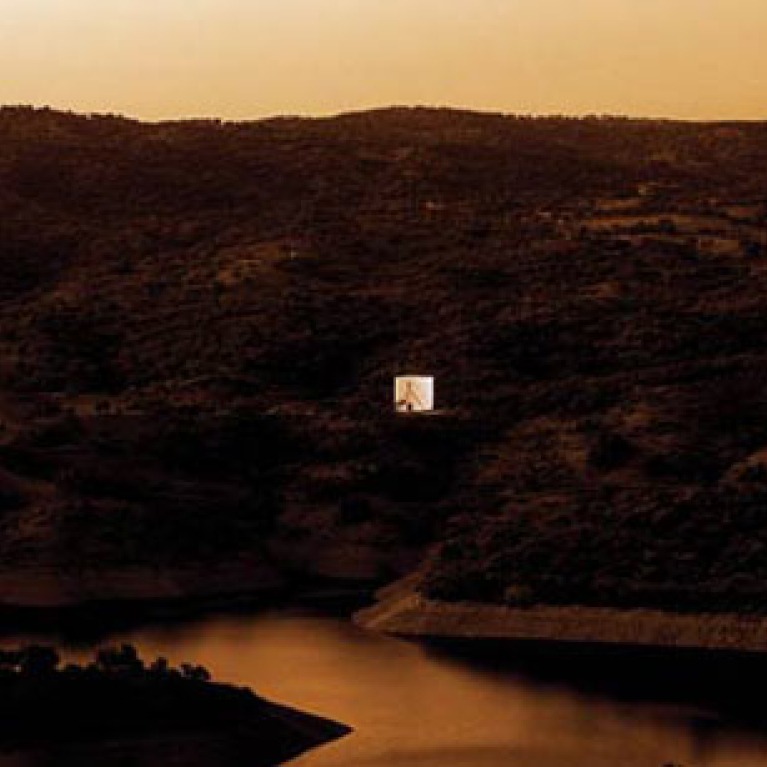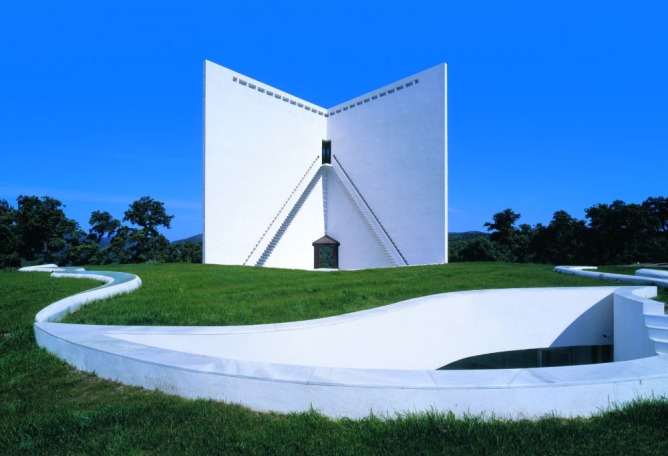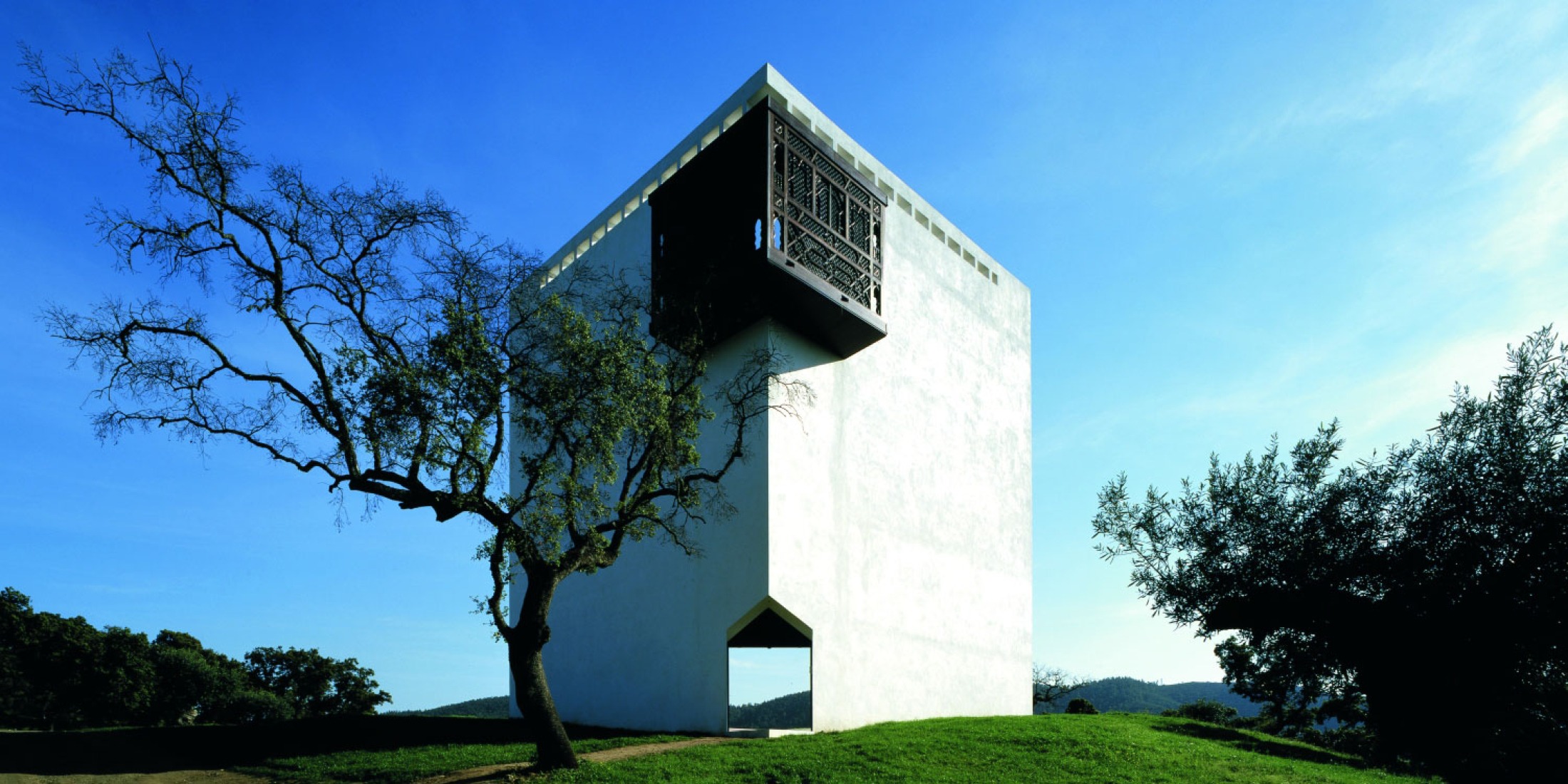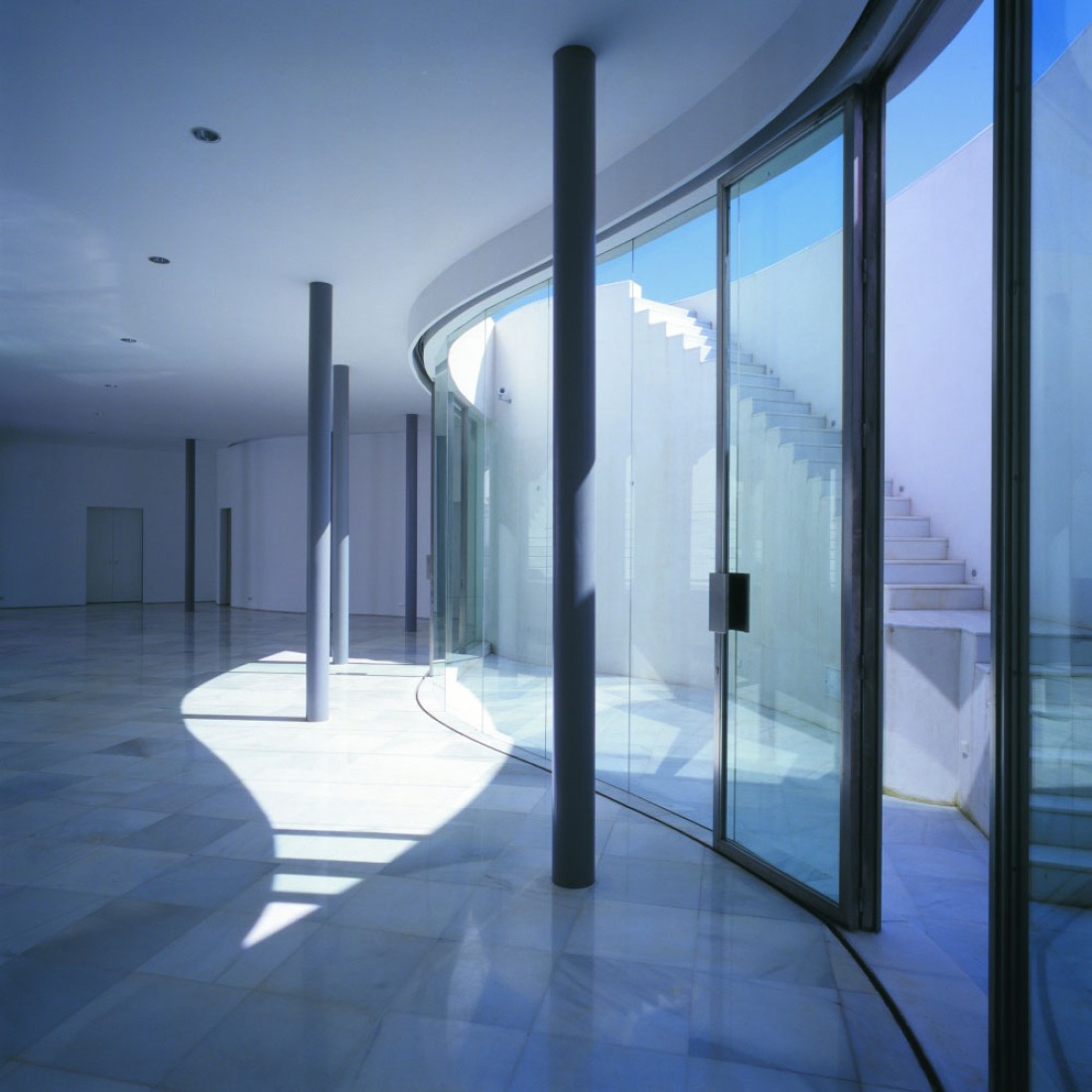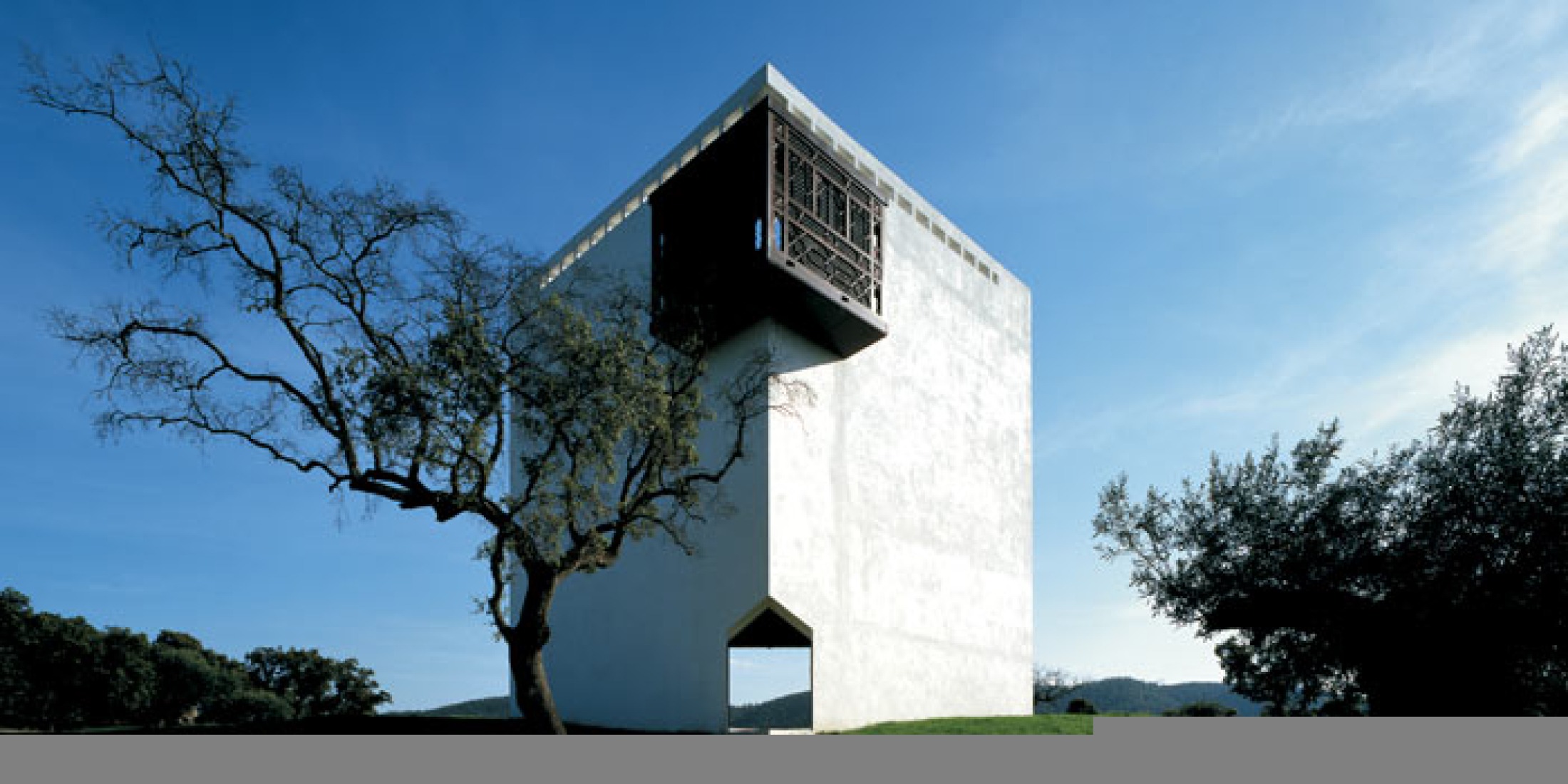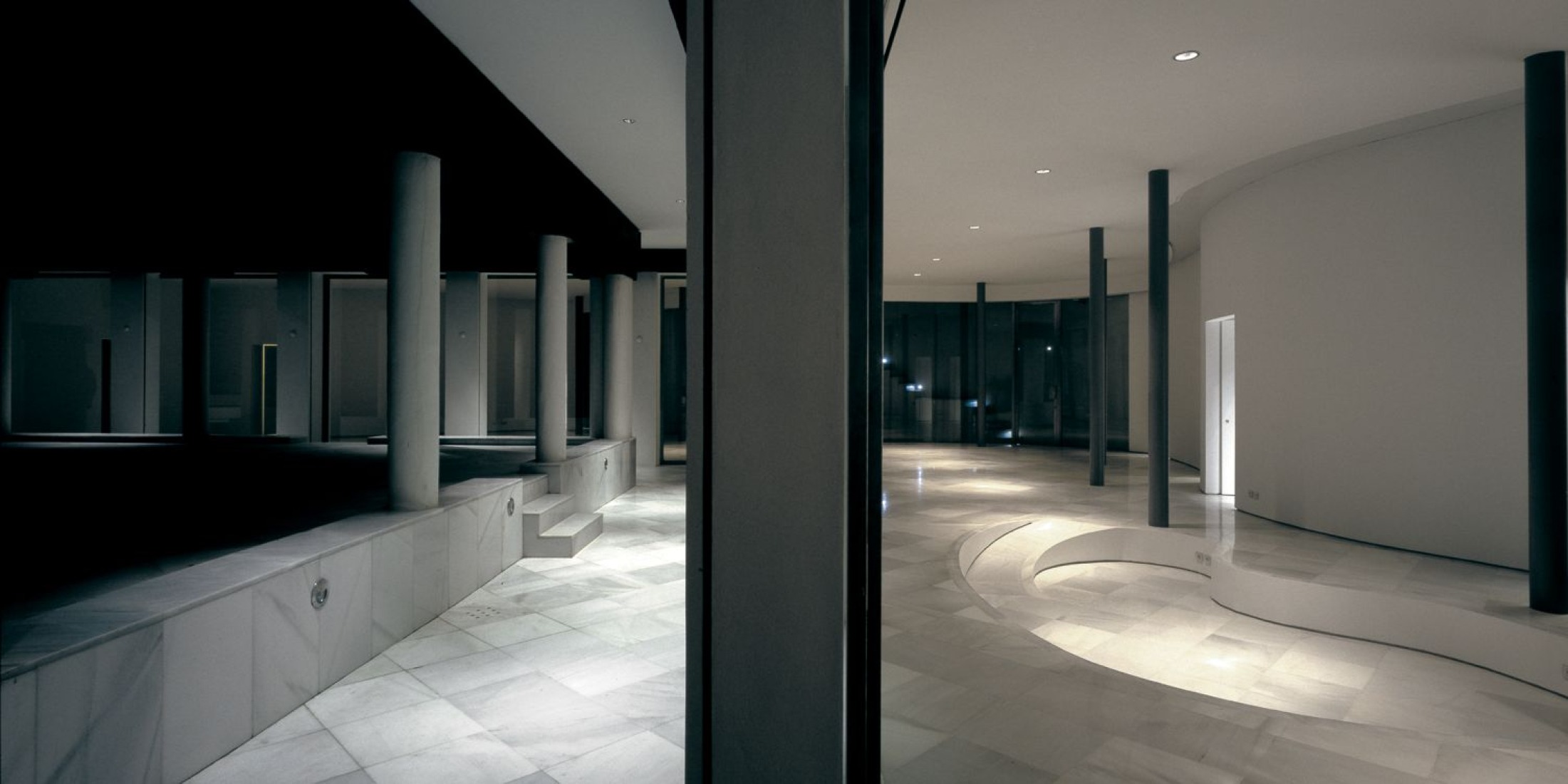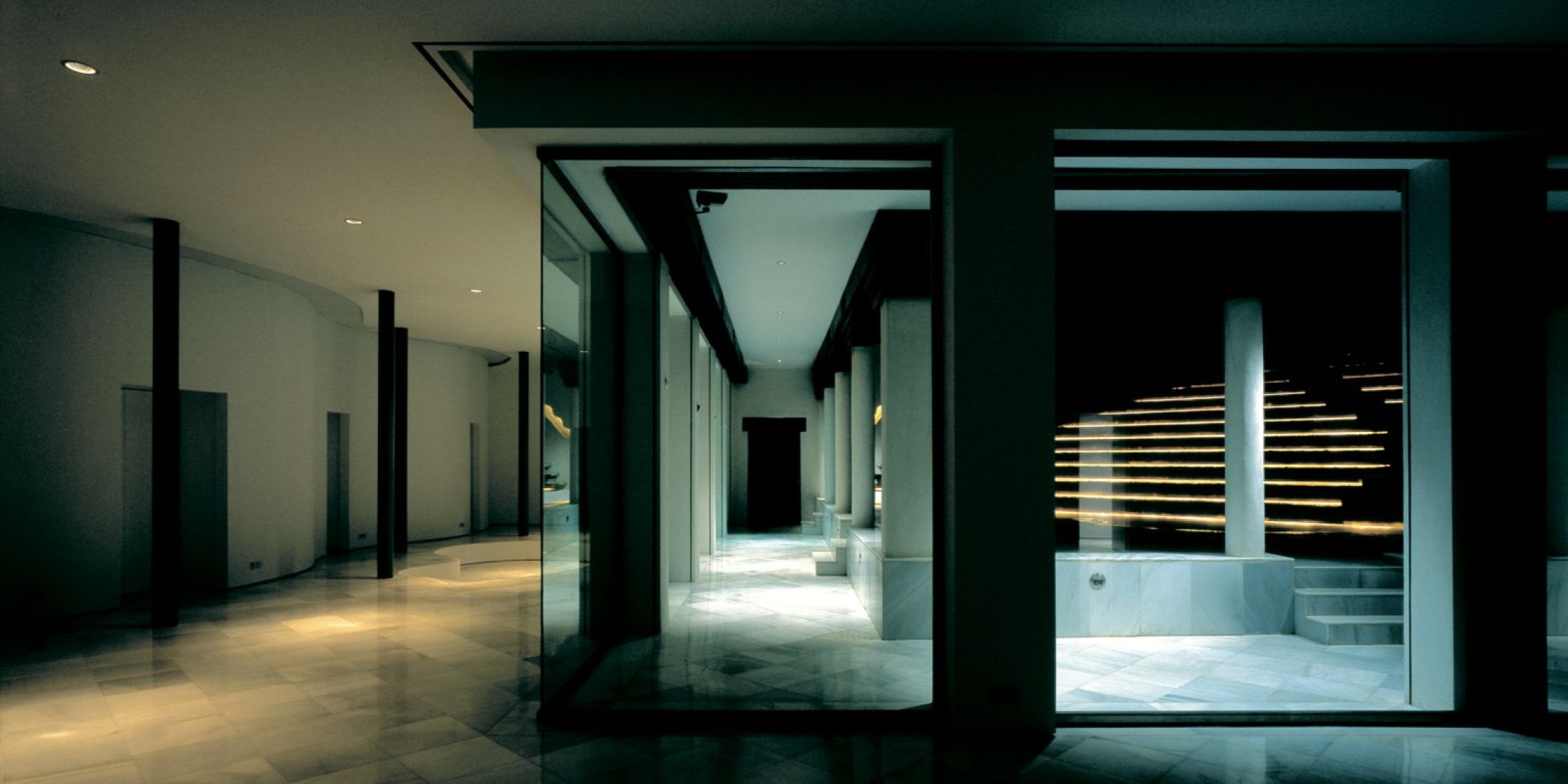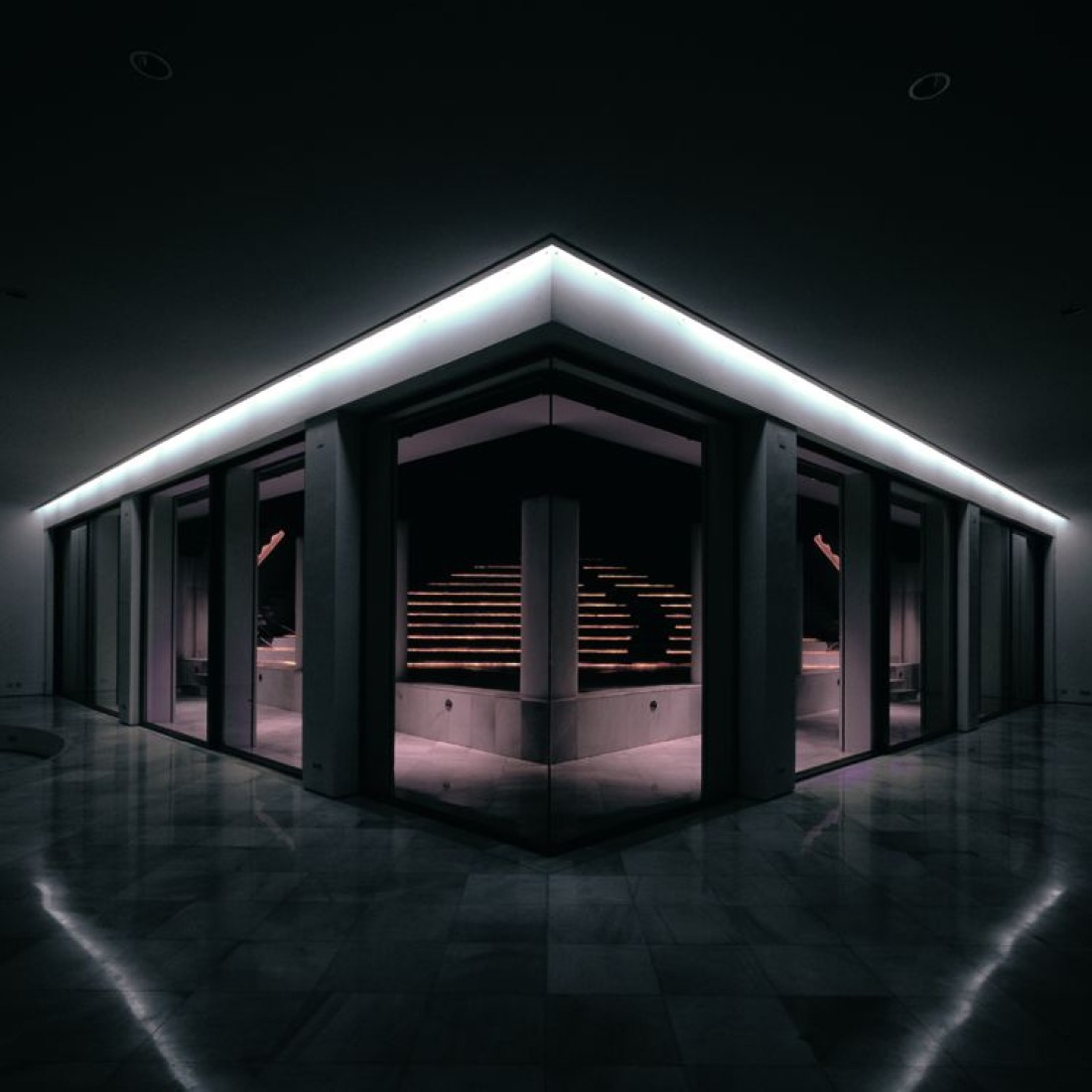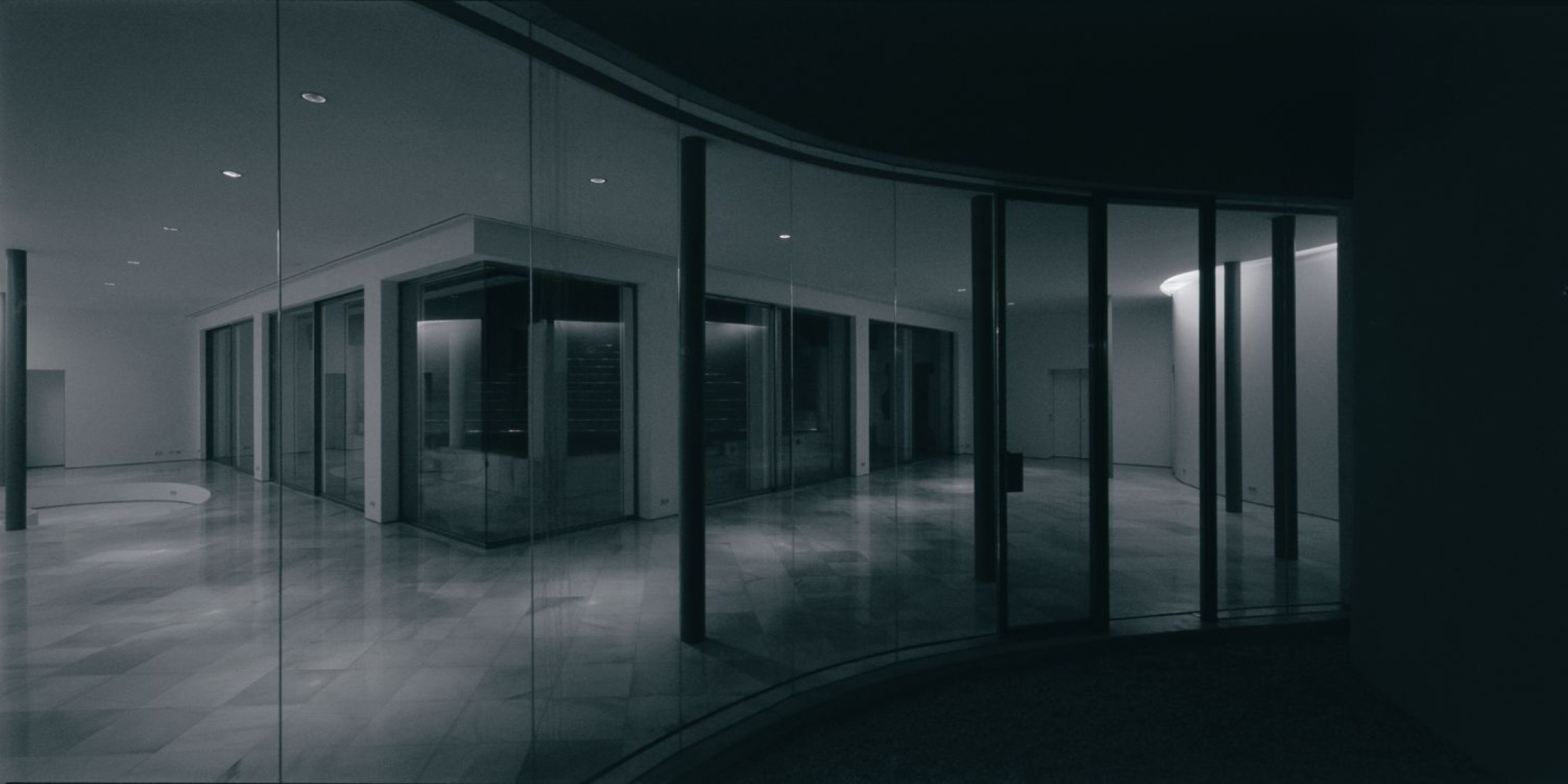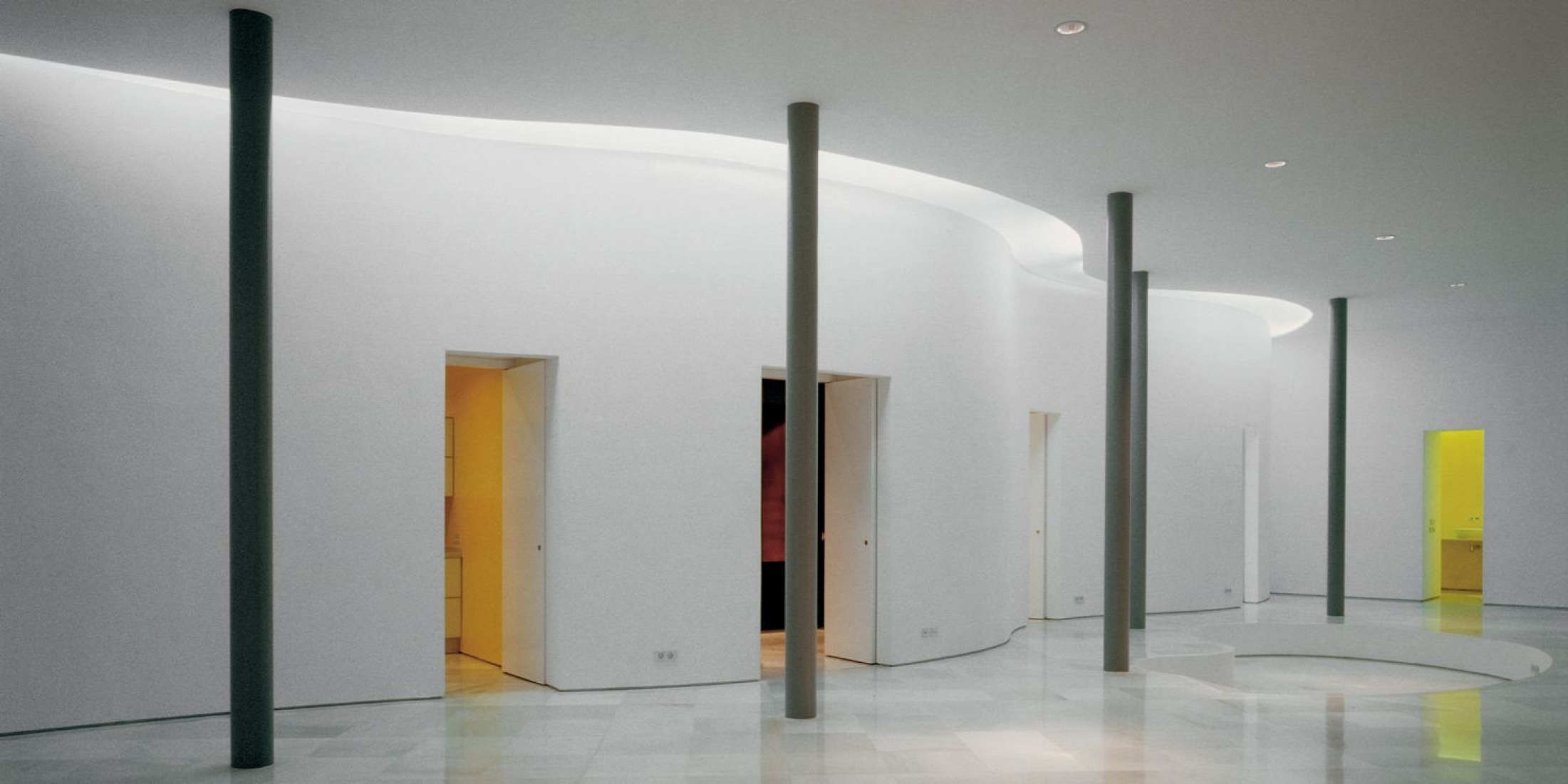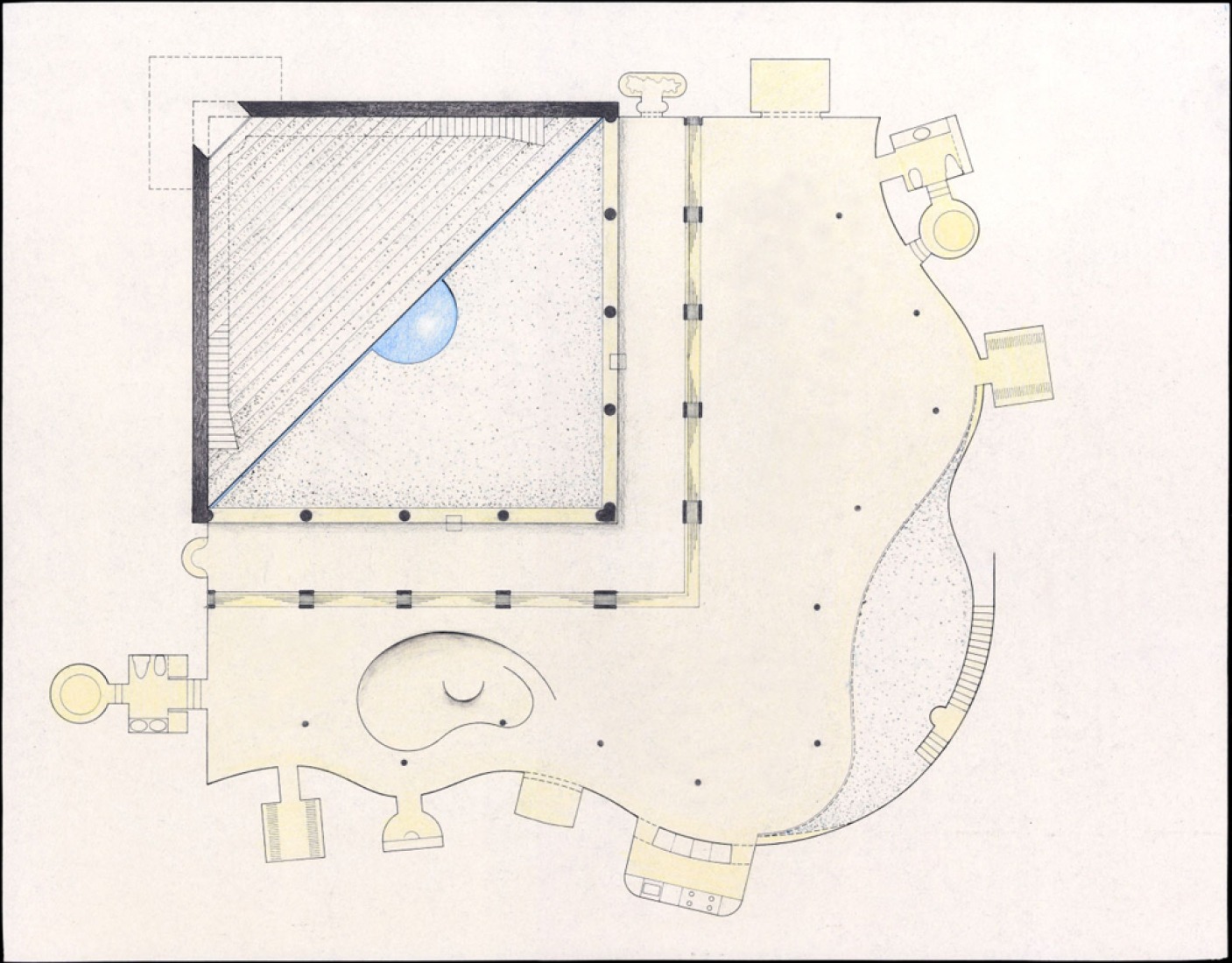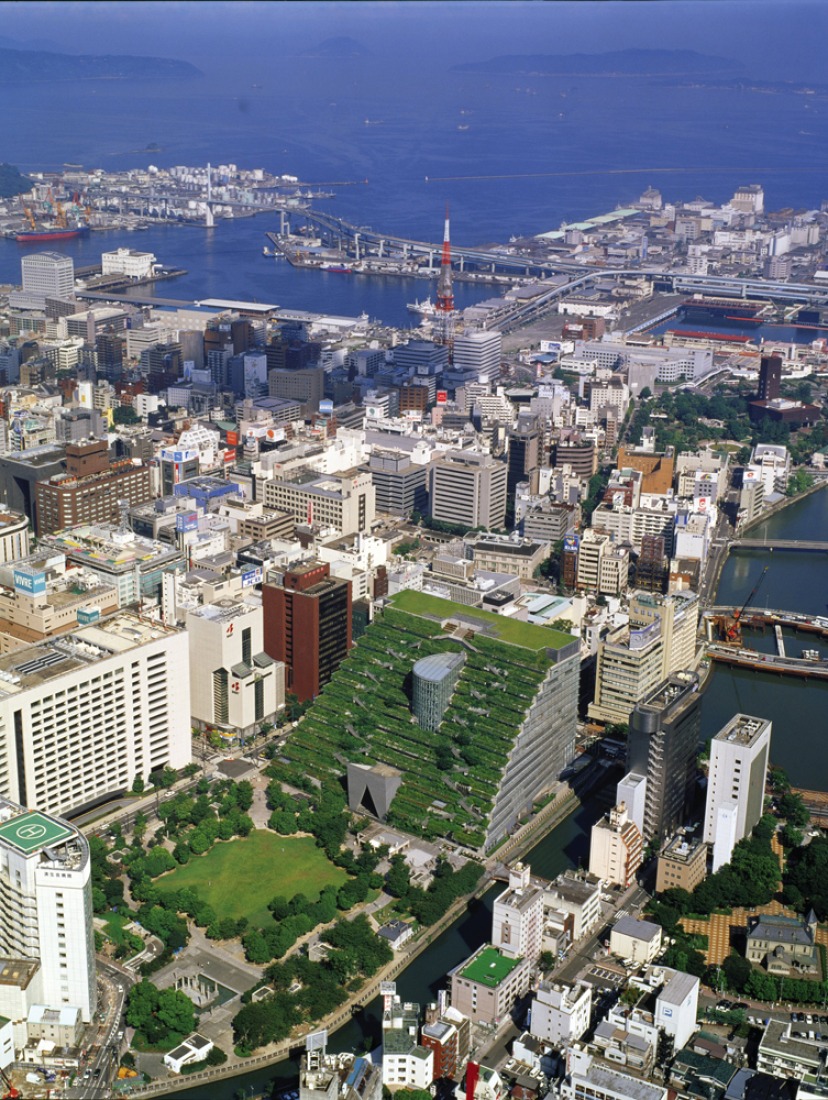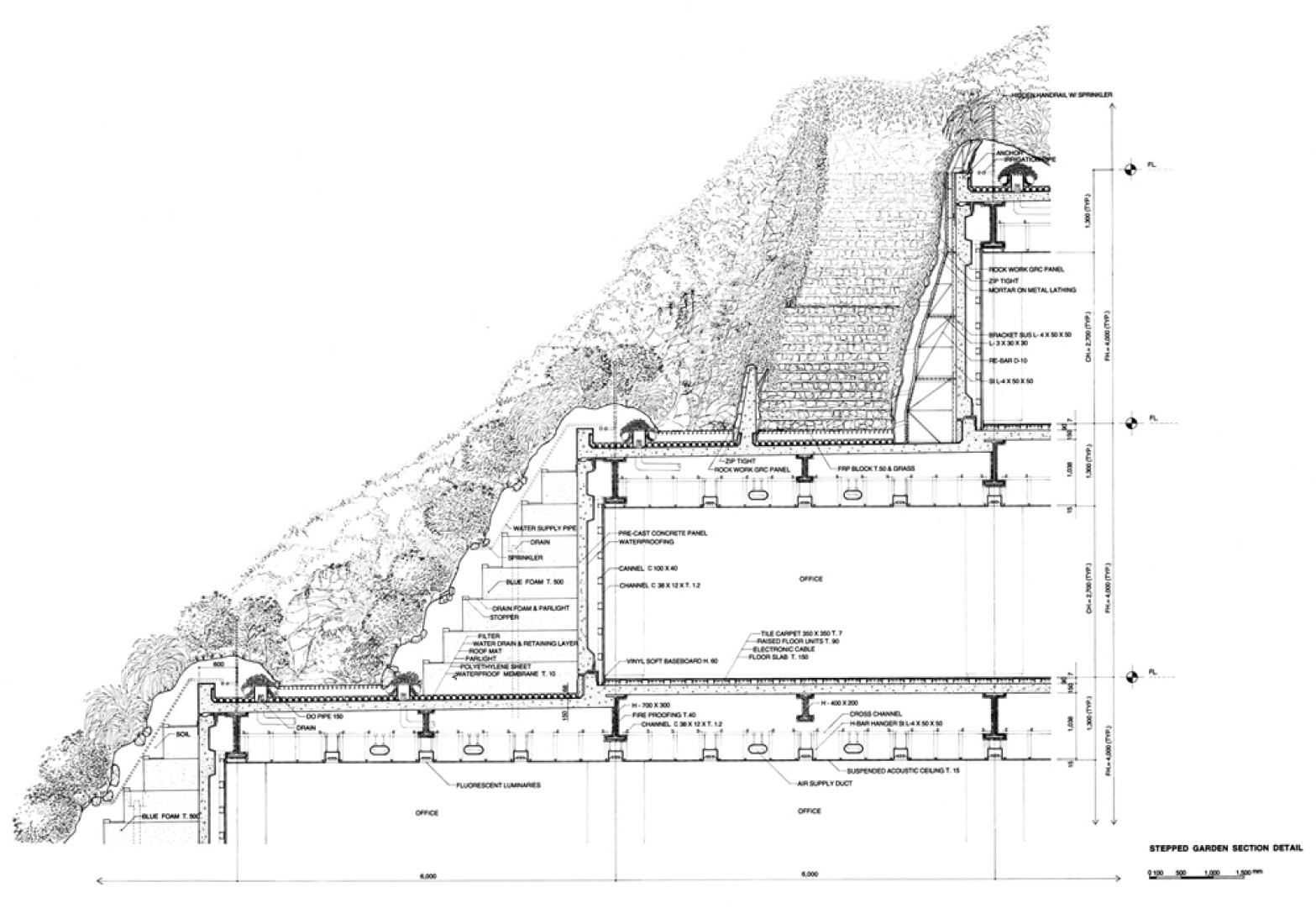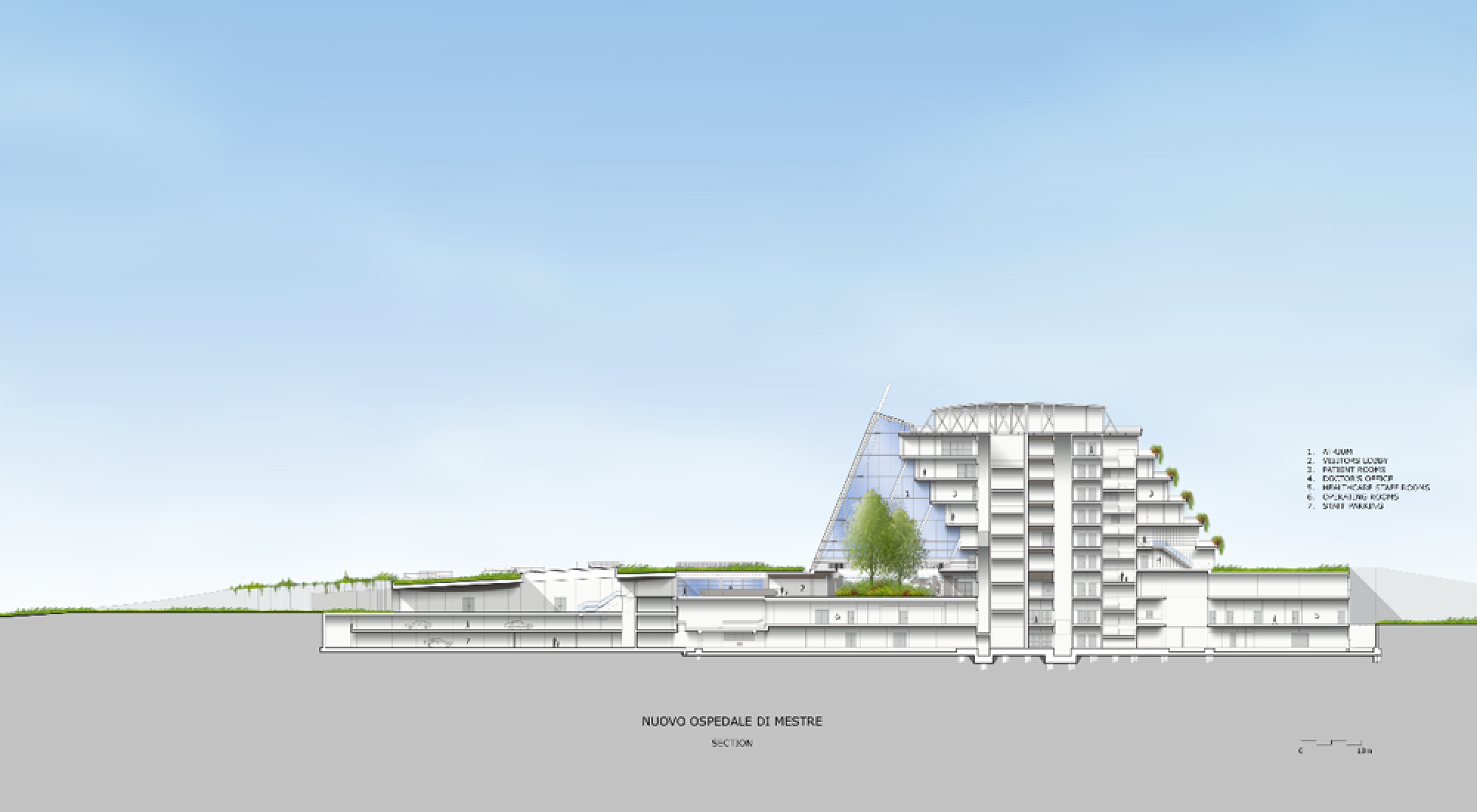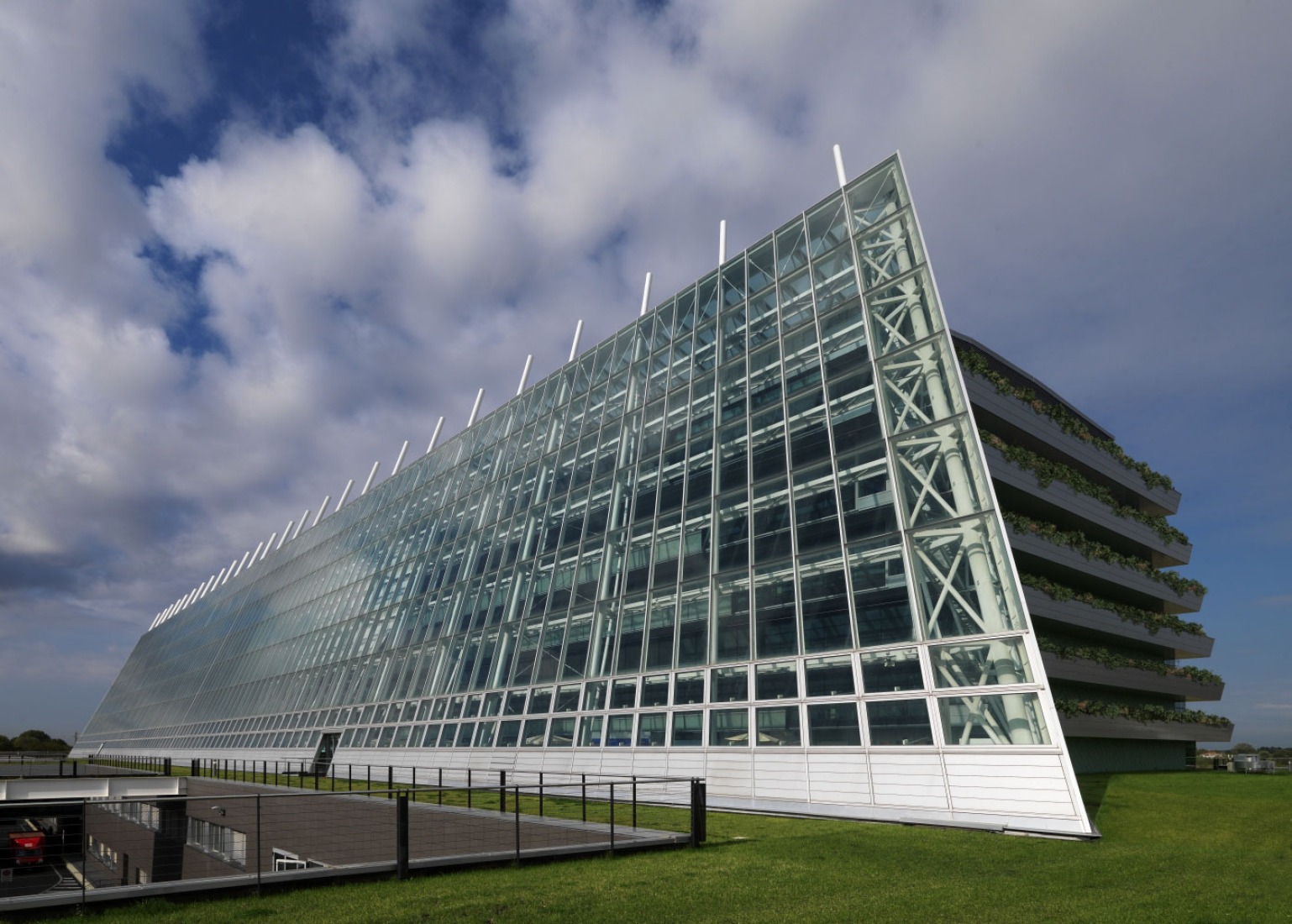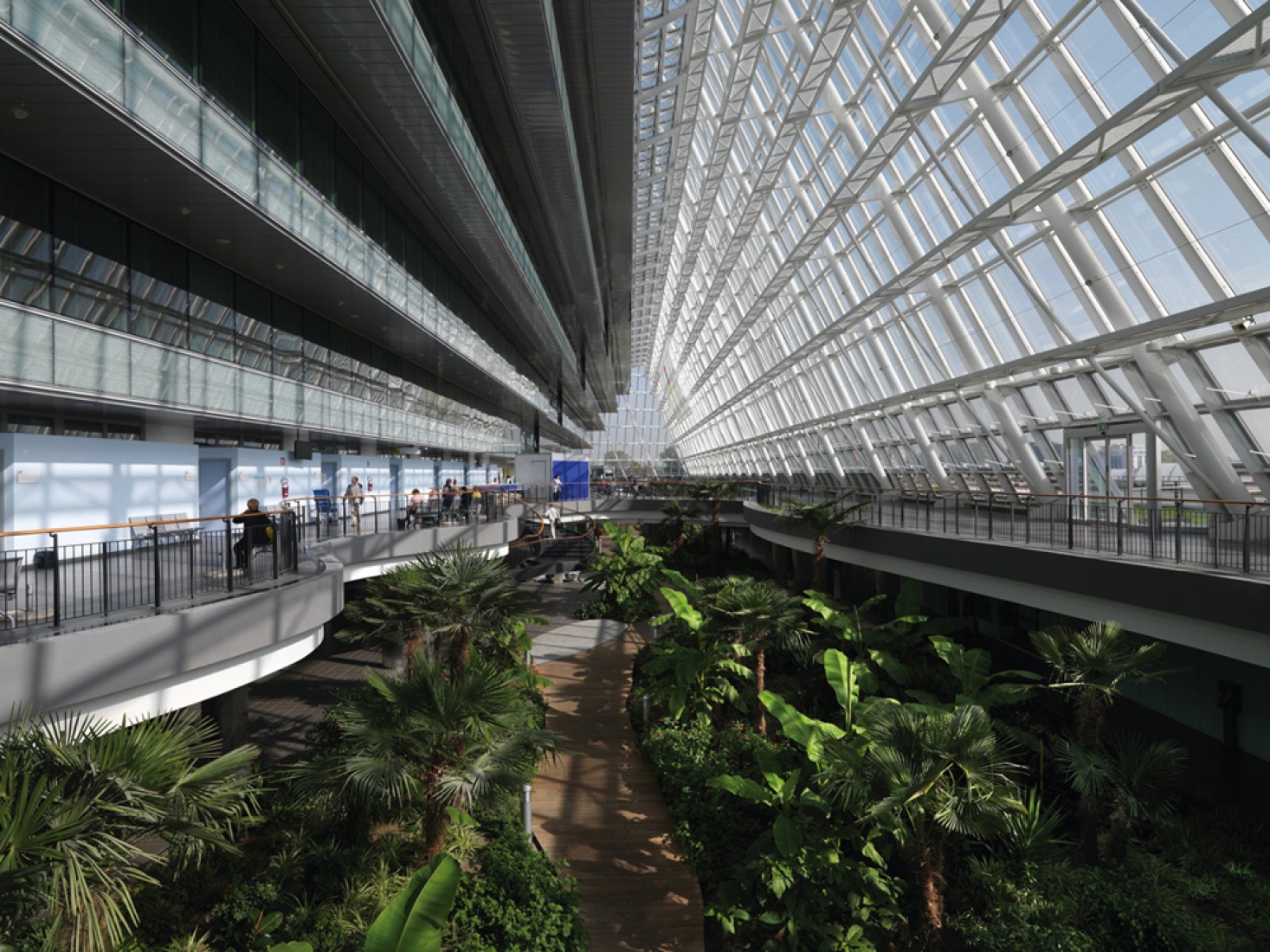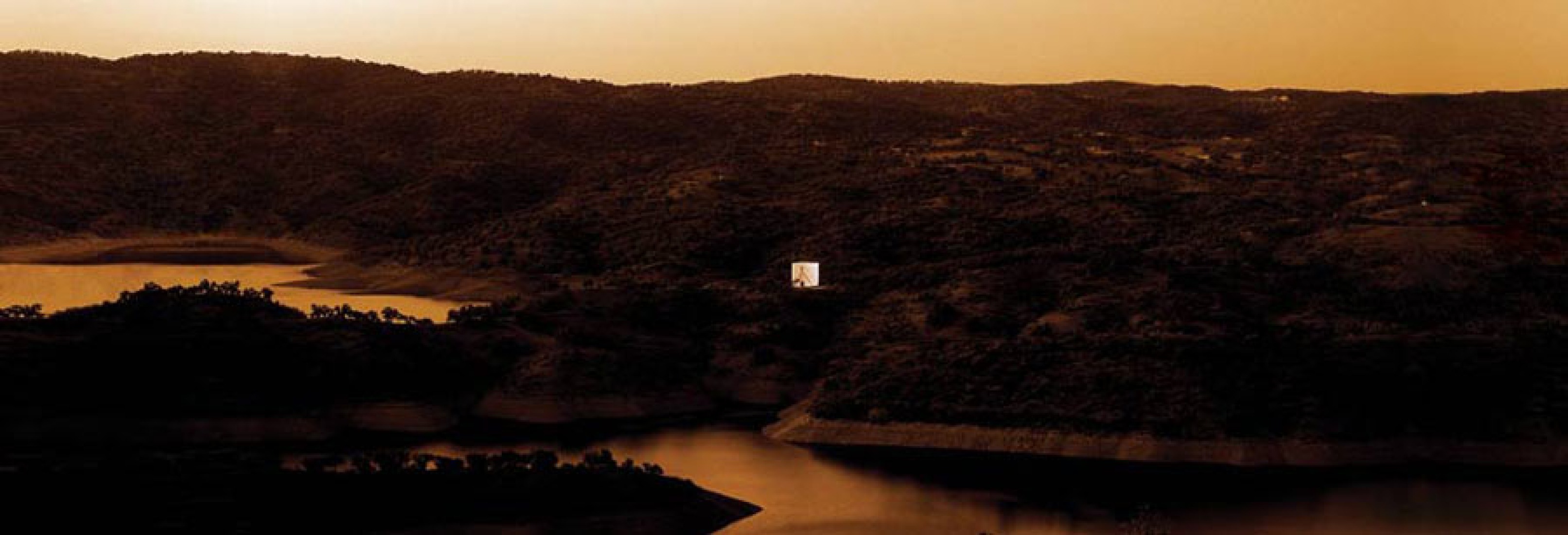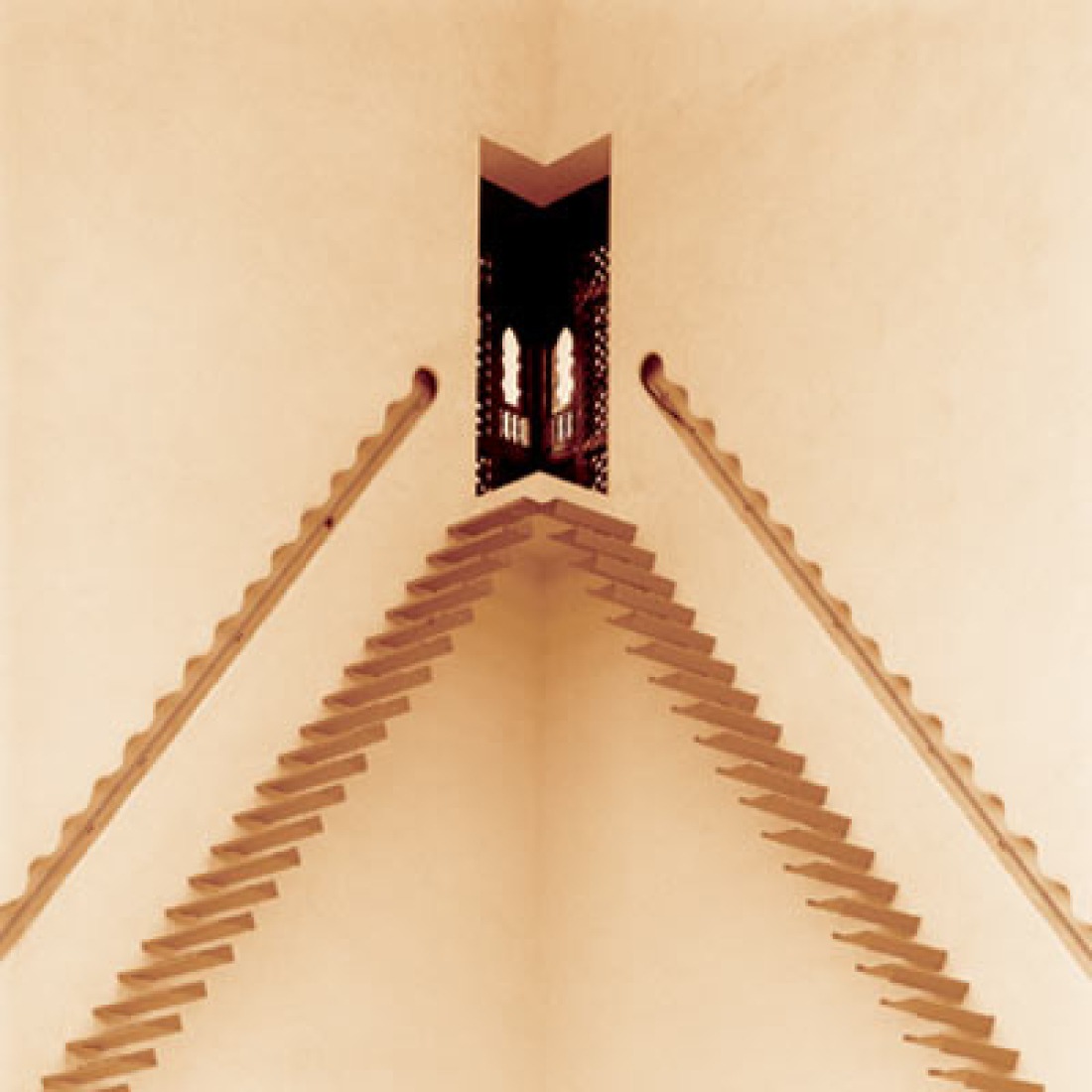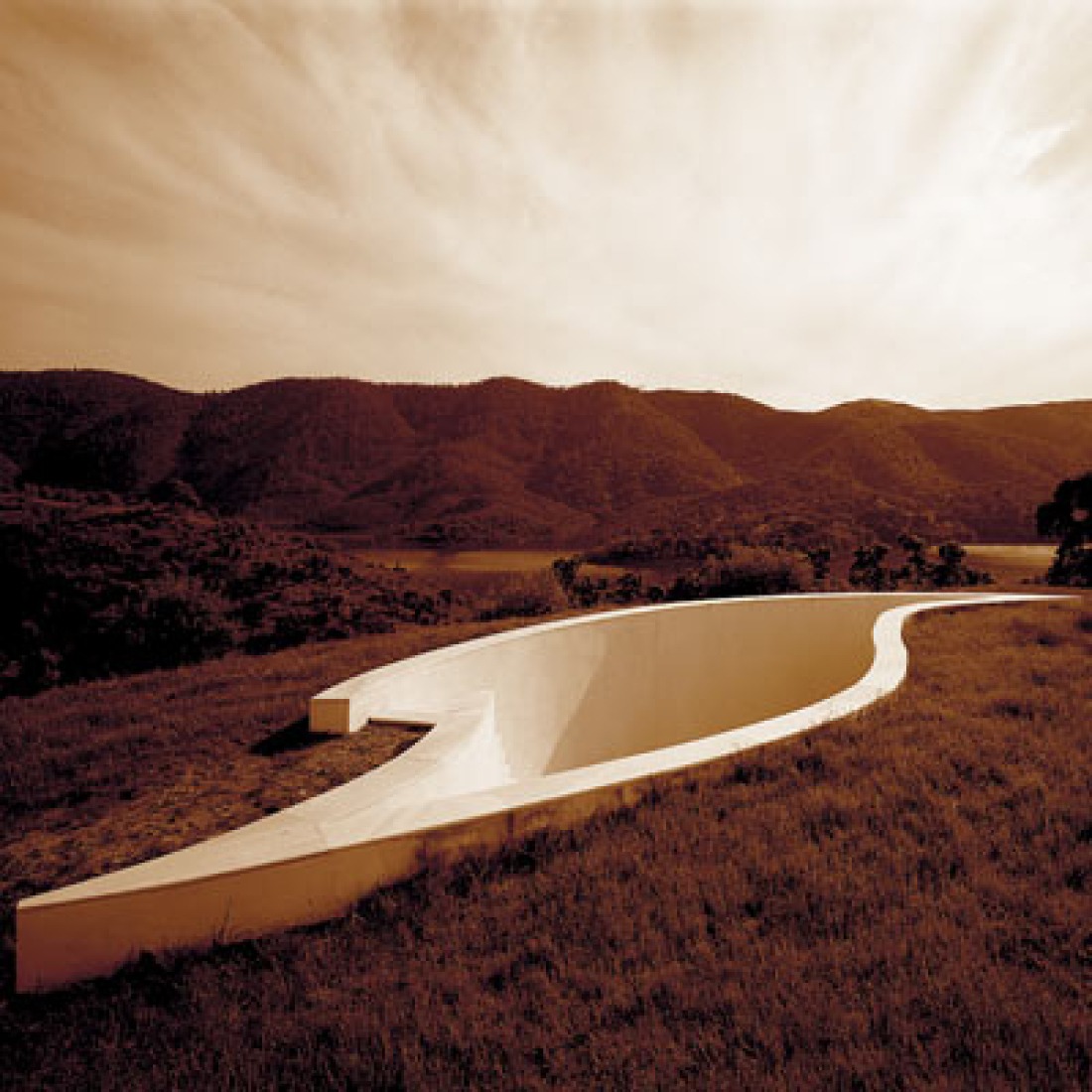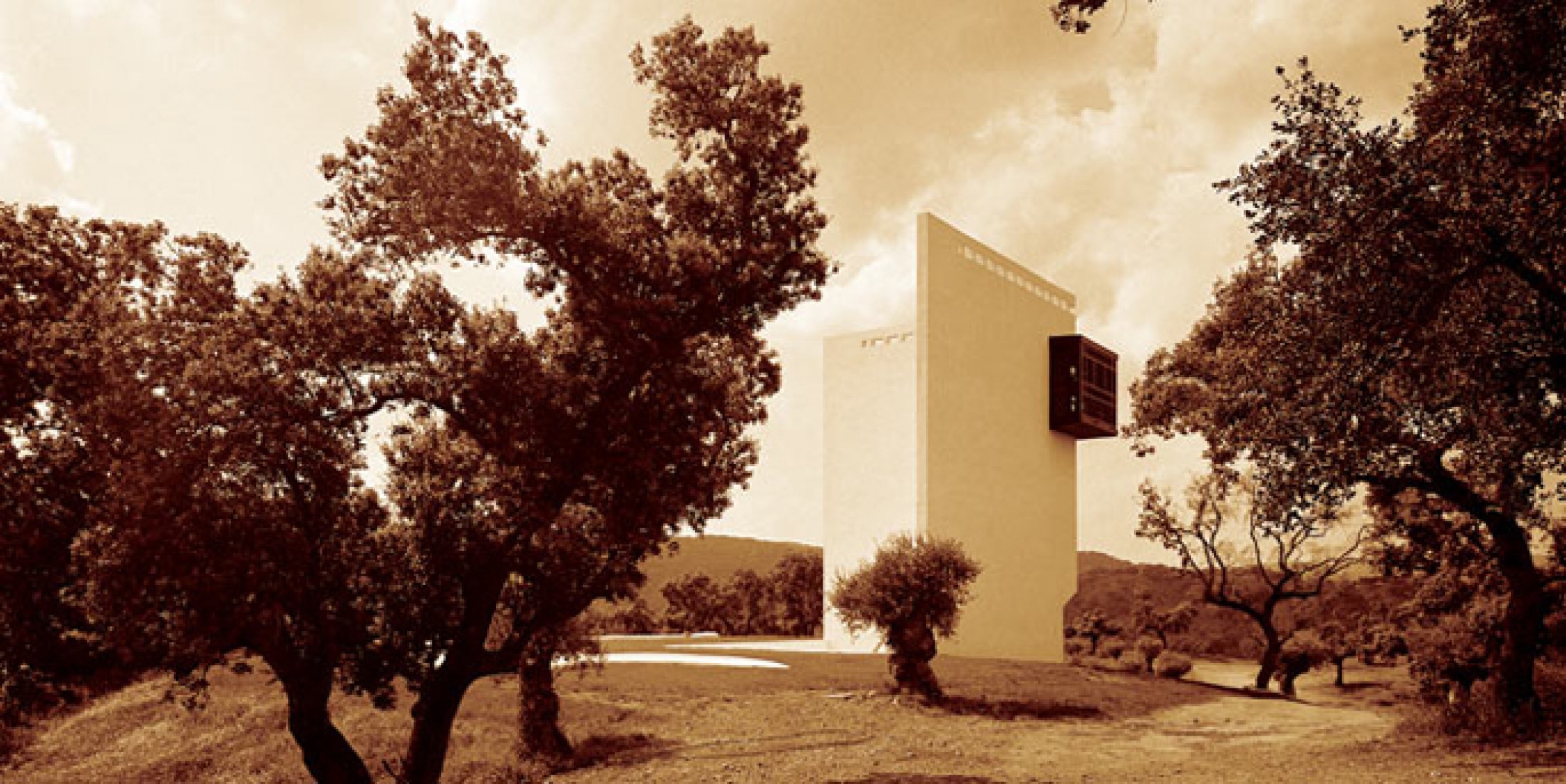The Emilio Ambasz. Inventions: architecture and design exhibition, organised by Museo Nacional Centro de Arte Reina Sofía, will make known to the Spanish public the main works by this architect and graphic and industrial designer through models, objects, original drawings, photographs and audiovisual material. This is the first retrospective on his trajectory to be held in Spain, after two anthological shows that the Museum of Modern Art (MoMA) New York dedicated him in 1989 and 2006.
Acknowledged in James Wines’ Green Architecture book as a “forerunner of Green Architecture”, Emilio Ambasz (Argentina, 1943) has been looking to defy preconceived ideas about construction with his own vision of architecture, proposing green designs for hospitals, greenhouses, skyscrapers, apartment buildings, office buildings or department stores. “I believe that any architectural project not attempting to propose new, or better, modes of existence is unethical. [...] I see the task of the architect to be that of reconciling our man- made Nature with the organic one we have been given”, he explains.

Exterior view. Casa de Retiro Espiritual, Seville, Spain, 1978. Emilio Ambasz. Photography © Michele Alassio.
The exhibition presented at Museo Reina Sofía will dedicate a room to his architectural works. They are all designed according to a technique that the very Ambasz defines as “green on grey” and reveals his effort and eagerness to integrate nature and construction in his architectural designs. 36 models of his major projects in the field will be on display in this gallery, such as Center for Applied Computer Research (Mexico DF, 1975); Casa del Retiro Espiritual (House for Spiritual Retirement, Sevilla, 1978); Plaza Mayor (Main Square, Salamanca, 1982), Lucille Halsall Conservatory in San Antonio Botanical Center (San Antonio, Texas, 1982); Mycal Cultural and Athletic Center (Shin-Sanda, Japan, 1990); Fukuoka Prefectural International Hall (Fukuoka, Japan, 1990) or the Ospedale dell’Angelo (Venice-Mestre, Italy, 2008), amongst others.

Detail. Casa de Retiro Espiritual, Seville, Spain, 1978. Emilio Ambasz. Photography © Michele Alassio.
Besides, Emilio Ambasz. Inventions: architecture and design will also cover other field of work by this creator, such as graphic, industrial and exhibition design. Altogether, the visitor will have the chance to discover 40 industrial design objects, 16 graphic design works, as well as two hundred photographs and drawings. Celebrated works such as the Vertebra chairs (1974–75) or Lumb-R (1981), the Polyphemus lantern (1983), the Logotech lamp (1984), the Flexibol Pens (1985) or the Vittel Watter Bottle (1985) will also be on display in the show.

Detail. Casa de Retiro Espiritual, Seville, Spain, 1978. Emilio Ambasz. Photography © Michele Alassio.
“Green on grey”
Emilio Ambasz’s designs have a technique that the author himself calls “green on gray”, through which he aims to reconcile the real-estate agent’s intense wish of taking full advantage with the public necessity of green and open spaces. In these projects, architecture and landscape get the best use of the soil, and at the same time they offer a wide zone of interior and exterior public gardens. “We must design a "pact of reconciliation" whereby we have both, "the building and the garden”, i.e. one hundred percent of each one, organically integrated. In such concept the building "gives back", in the form of communally accessible greenery, as much as possible of the land it covers”, Ambasz clarifies. This wish of “giving back” to the community in the form of parks and gardens, the equivalent of the soil that covers the track of the building, is one of the constants in this architect’s career: “For the last 30 years —he explains—, I have striven to find a built manner in which to integrate architecture with nature”.

Detail. Casa de Retiro Espiritual, Seville, Spain, 1978. Emilio Ambasz. Photography © Michele Alassio.
Designs for the Fukuoka Prefectural International Hall in Japan are a clear example of this urban and innovative style, able to satisfy both needs. Its north face presents an elegant urban façade, while the south side lengthens an already existing park through a series of gardens in terraces which ascend to the top of the building. This design have made the park and the building inseparable: the building gives back to the city the same portion of land it had taken from it, while favouring the coexistence of a great urban structure and an open public space.
In his preoccupation in combining landscape and architecture, many of Ambasz’s projects focus in features such as the presence of light, the rumour of water, the manipulation of perspective and the human use of space to give rise to feelings of hope and tranquillity: “I have always striven in my work to present alternative models of the future so that we can change the present. [...] If there is any strength to my architectural ideas, it comes from the fact that I believe that architecture has to be not only pragmatic but also move the heart”, Ambasz states.
The Lucille Halsall Conservatory at San Antonio Botanical Center (Texas, US) is a clear example of the imaginative use of technology in Ambasz’s works. In this innovative project, the land serves as a container for plants, protecting them from extreme solar light and heat. The exhibition rooms are distributed around a typical, traditional Texas patio. The wide skylights, the inclined pyramids and the curved crystal cones, that suggest a cosmological observatory, emerge from the soft undulations of the land, reflecting an ever-changing sky. To Ambasz, the visitor is not only a spectator, but an essential participant in the landscape hierarchy of natural and artificial experiences.

Exterior view. Casa de Retiro Espiritual, Seville, Spain, 1978. Emilio Ambasz. Photography © Michele Alassio.
CATALOGUE
On occasion of the exhibition, a catalogue in Spanish will be published, including texts by Emilio Ambasz and also Barry Bergdoll, Kenneth Frampton, Peter Buchanan, Lauren Sedofsky, Dean MacCannell, Peter Hall and Fulvio Irace. Three interviews to Ambasz by Michael Sorkin, James Wines and Hans Ulrich Obrist will complete the publication.
DATES: 1 December 2011 – 16 January 2012.
PLACE: Museo Nacional Centro de Arte Reina Sofía Sabatini Building. 3rd Floor.
ORGANISED BY: Museo Nacional Centro de Arte Reina Sofía.
COORDINATED BY: Fernando López.
